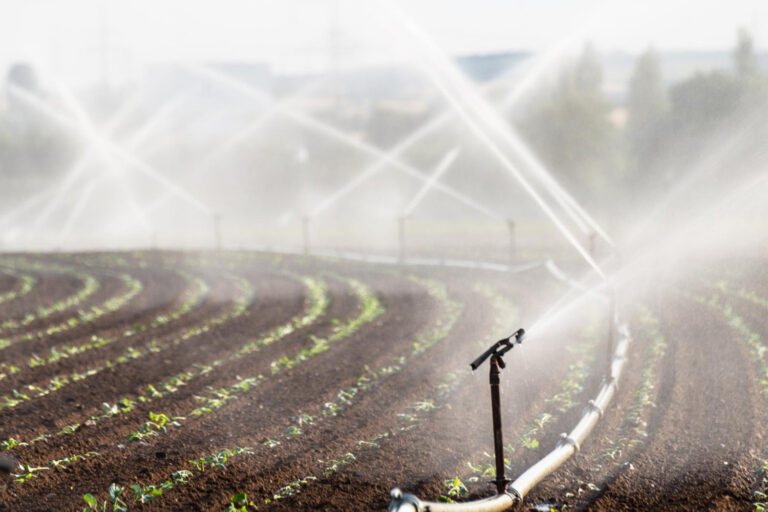Rainfall Forecasting
Business Challenges
The primary issue is the scarcity and the challenge of accurately predicting rainfall amounts, crucial for agriculture. Previously, the company relied on public rainfall prediction data, which sometimes proved inaccurate. This inaccuracy led to inadequate preparation and water storage for agricultural purposes, exacerbating water resource management challenges. Inaccurate forecasts hinder effective planning, potentially resulting in insufficient water for crops, thus affecting productivity and sustainability in the agricultural sector.




Business Challenges
The primary issue is the scarcity and the challenge of accurately predicting rainfall amounts, crucial for agriculture. Previously, the company relied on public rainfall prediction data, which sometimes proved inaccurate. This inaccuracy led to inadequate preparation and water storage for agricultural purposes, exacerbating water resource management challenges. Inaccurate forecasts hinder effective planning, potentially resulting in insufficient water for crops, thus affecting productivity and sustainability in the agricultural sector.
Solution
To overcome this challenge, our company has adopted Machine Learning (ML) technology, a subset of Artificial Intelligence (AI), to enhance rainfall prediction. We utilize data from 126 meteorological stations across the country as the primary source for our prediction models. This technology is specifically designed to forecast rainfall patterns, enabling more accurate predictions regarding the timing and amount of rainfall. Such predictive capability significantly improves planning and management of water resources, ensuring that adequate water is available for cultivation, irrespective of seasonal variations.
Impact
The implementation of ML technology for rainfall prediction has markedly improved the accuracy of forecasts by over 20%. This enhancement enables entrepreneurs and farmers to:
- Be better prepared for various scenarios, including periods when stored water might be insufficient for cultivation. This improved preparedness leads to more efficient water use, reduced risk of crop failure, and, ultimately, increased agricultural productivity.
- Anticipate and mitigate the challenges posed by water scarcity and seasonal variability, supporting the sustainability and growth of the agricultural sector.

